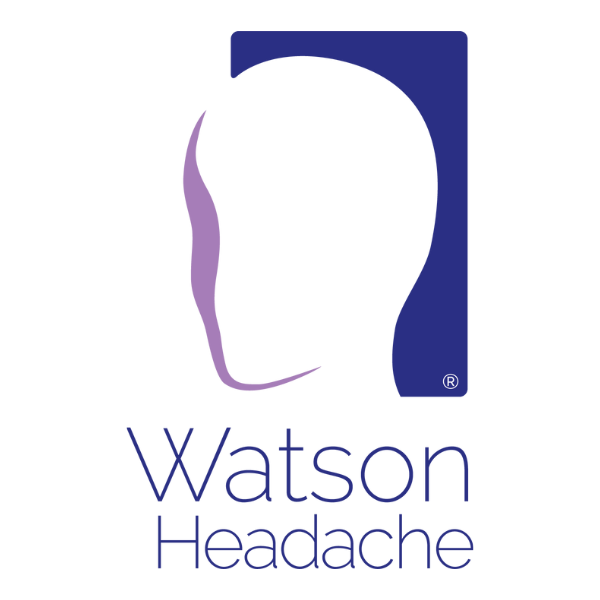At morning tea, Watson is eager to delve into the issue of disharmony arising from suboptimal performance of the braking mechanisms – either CPM, DNICs, or Serotonin (city dwellers), leading to a state of centrally driven Central Sensitization (CS). The neuroscientist, growing somewhat frustrated, reiterates that the research concerning headache and migraine is equivocal. Some suggest that the problem lies in disinhibition, while other studies demonstrate that the brake pads are indeed functional. Moreover, while it’s understood to be a braking system issue, likely involving the brake pads, the situation is a bit more intricate.
Unremitting Escalation
‘How do we unravel this dilemma?’ Watson and his colleague ask in unison. The neuroscientist proceeds to explain that when the braking is suboptimal and Trigeminal Afferents or Cervical Afferents (out-of-towners) apply slightly more, unremarkable pressure, the disharmony accelerates because the braking system is inefficient, leading to a continuous, unremitting escalation of disharmony at the dinner party.
‘So, we just need to replace the brake pads, right?’
Sorting Out the Braking System
‘It’s not quite that straightforward,’ the neuroscientist asserts. ‘Whilst we recognize it’s a braking issue, the question remains whether it’s a matter of suboptimal diameter (DNICs), surface area (CPM) of the brake pads, or dysfunction of the pressure applied to activate the brake pads – callipers (Serotonin). These are complex elements, not fully comprehended, each requiring ongoing research. But clearly, they all collaborate as part of the same team.”
‘Well, what if it’s not the braking system?’ Watson’s colleague inquires.
Closing In On the Offender
‘Ah, I’m glad you asked,’ responds the neuroscientist. ‘If it’s acceleration from either Trigeminal or Cervical Afferents there will be an initial escalation (peripherally driven CS).
However, this acceleration encounters resistance from a strong team – the braking system is functioning optimally, leading to an impasse. We know that ongoing acceleration can trigger prolonged disharmony, but the exciting part is that this situation is not irreversible – all we need to do is identify the offending Afferent and counsel them, so it doesn’t happen again’
‘Elementary’, exclaims Watson’s colleague, ‘but sounds complicated.’
‘No, it’s not’ says Watson.

